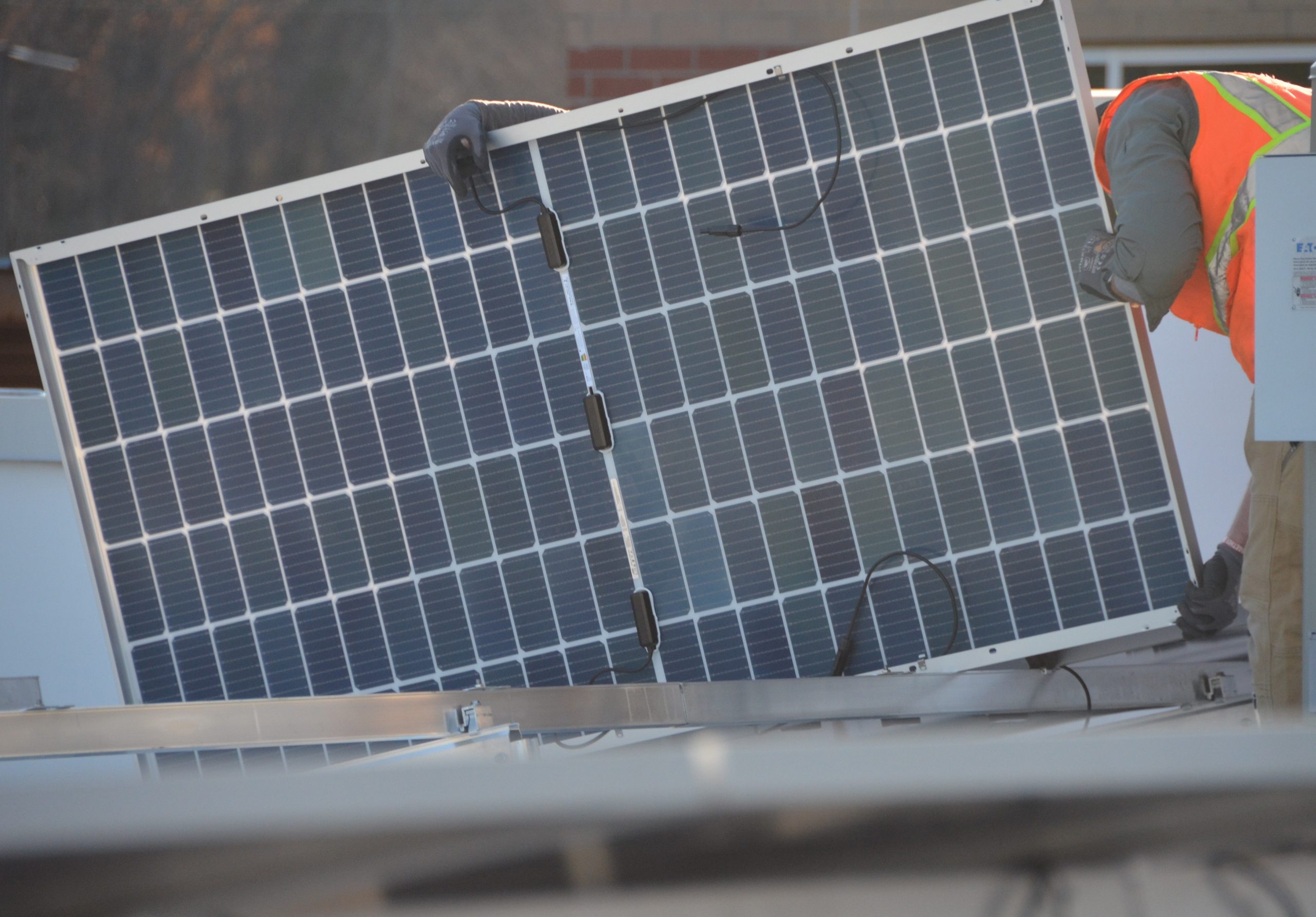
Last Updated on May 29, 2024 by Anne Brock
What are your Choices for Installation of Solar Panels?
Solar panels or modules bring a clean energy solution to a variety of commercial settings these days. You may see them incorporated into a building’s rooftop, built as part of a carport, or doing their job from the ground. Here’s a look at typical types of solar installations.
Rooftop Solar
Installing solar modules on your roof is typically the most economical method of adding solar photovoltaics to generate clean energy. It’s the best stewardship of otherwise unused areas that helps preserve green space for other uses. First, confirm that the roof has approximately 25 years of life and that it is built to handle a typical load of five pounds per square foot. Ultimately, the system designer must confirm that modules are compatible with your roof and that the construction plans meet building codes.
Roofing Materials
PV can be installed on both flat and pitched rooftops. Racking systems exist that are compatible with both of these designs.
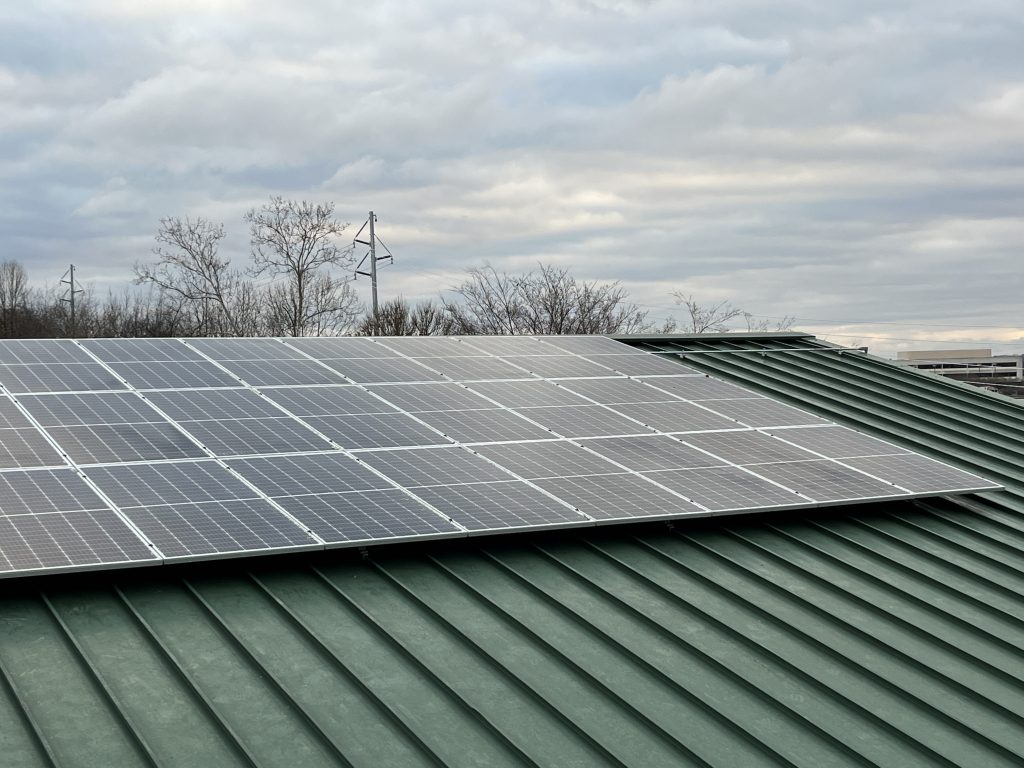
A standing seam metal roof is ideal for installing an array without any intrusions. Special hardware fastens the array at the standing seams.
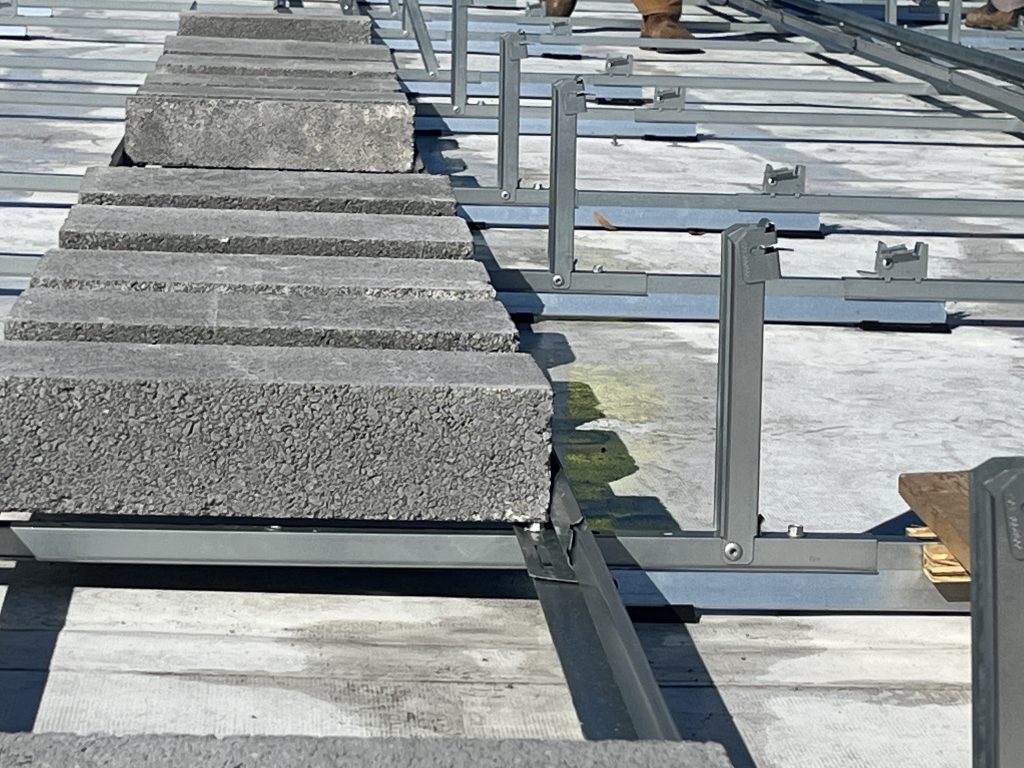
A flat rubber roof is ideal for a ballasted PV system. This rubber roof is known by as ethylene propylene diene terpolymer or EPDM.
Shingled rooftops can also be used for solar arrays, and these would require instrusions for fastening the racking. An array would be installed flush to the pitched roof.
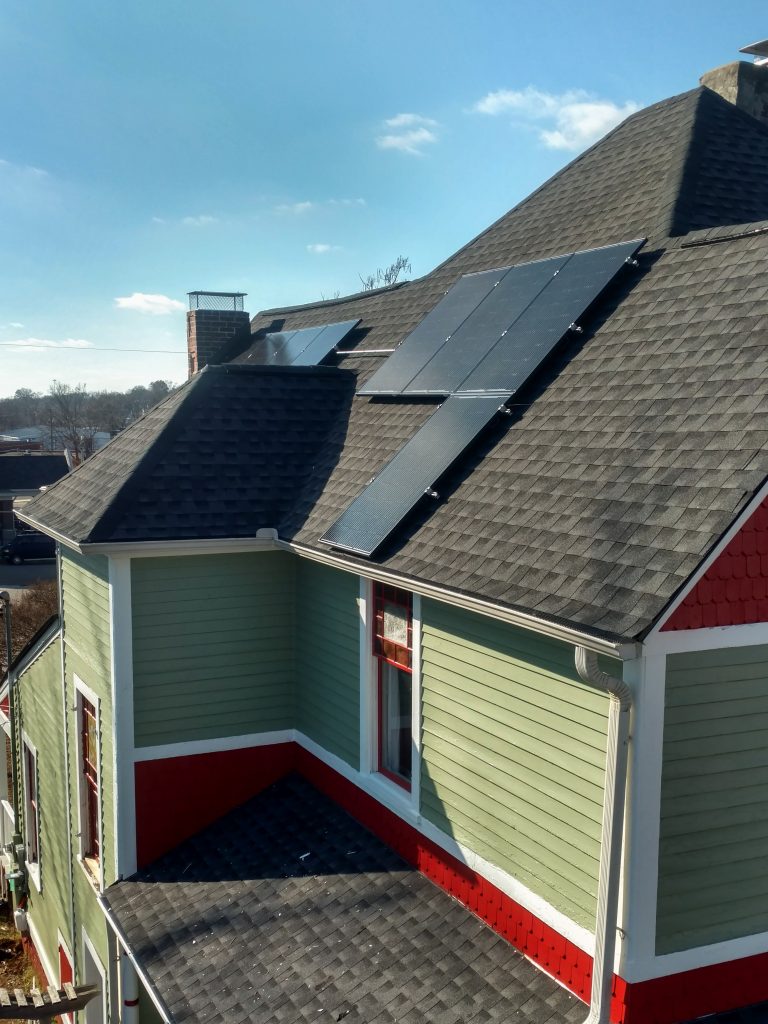
Ground-Mounted Systems
Previously used industrial acreage can be the best choice for ground-mounted solar. Otherwise, ground may be the choice for larger-scale commercial or utility-scale installations that would not fit on a rooftop. Racking hardware will be a significant part of the construction process. Soil type and terrain will determine which methods the construction crew uses to install racking in the ground.
Carport or Canopy Systems
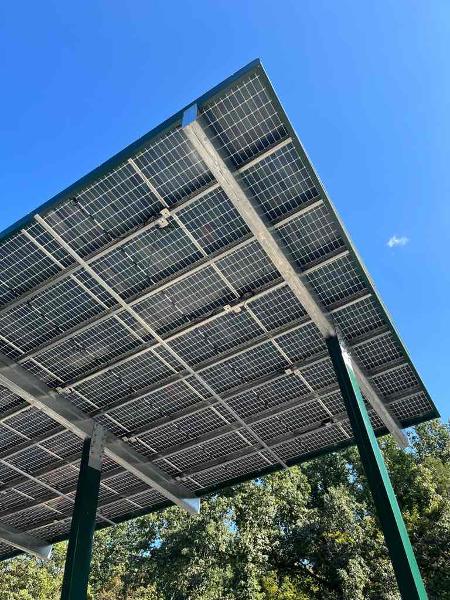
You may be seeing more examples of carport or canopy solar installations these says. These can double as shelter over parking spaces. Compared to rooftop or ground mounted installations, these solar arrays are the most costly. They require a strong frame to create the canopy as well as support the modules.
Ready to Assess Your Rooftop Space for an Array? Want to see How Solar Might Offset Your Current Electricity Usage?
Contact us here via this simple form to let us know how your business might benefit from clean, solar energy. Tell us the age of your roof and other details about the site you are considering for this renewable energy option.
While installation methods may vary based on your location, building, roof age and other considerations, the overall pv design process will begin with a look at the way you use electricity and other details related to that. Contact us at Solar Alliance to begin the process.
